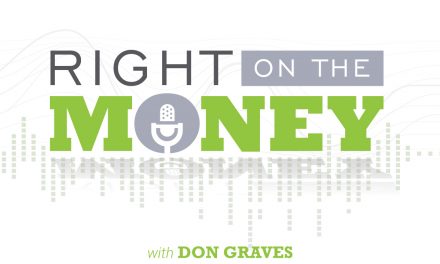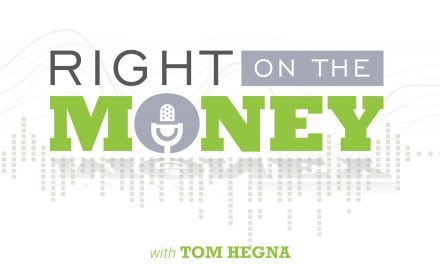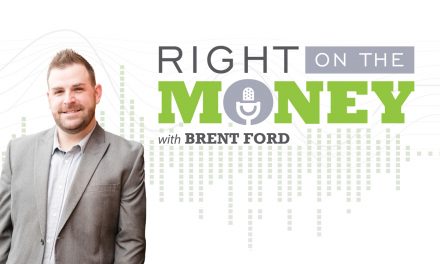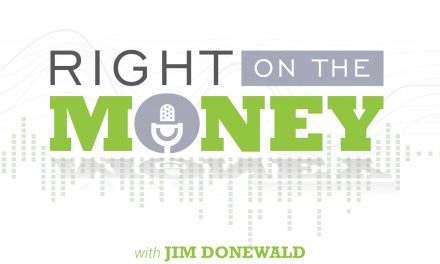Generational Giving to Kids, Grandkids, Great Grandkids and Favorite Charities
Legacy planning and charitable giving is usually associated with the affluent and uber-wealthy. Interestingly enough, middle-class Americans are just as benevolent. So what happens when your heart is bigger than your wallet? Watch the interview with retirement specialist Steve Bishop.
Priority giving is a typical approach to benevolence.
Family First – The transfer of wealth is an ancient practice throughout human history. The conveyance of family assets from one generation to another is a means to perpetuate the bloodline in prosperity and sometimes into perpetuity. But never before has family giving taken on such a multiple-generational approach as it does now in the 21st century. Enter the age where four generations are living simultaneously together, great grandchildren living in the times of their great grandparents. Leaving a financial legacy to the bloodline is as almost as important as the transfer of DNA from one generation to the next.
Charities Second – Religious charities headline charitable giving in western culture. The continued propagation of spiritual beliefs has gone on for multiple millennia. Recently, medical research has become a significant area of benevolence as is educational endowments. There’s also a menu of miscellaneous non-profit organizations that cover almost every topic of import to the charitably minded.
Community Third – There are many philanthropic community interests from the political to compassionate. People driven by ideology, others motivated by heartfelt sympathy. The needs of any one community can inspire giving, even from the pockets of the poor. Sometimes the value of the gift exceeds the public appreciation for it, as a poor widow gives away the remaining pennies that she owns to help someone else. Often, when soldiers return from oversea conflicts, community support groups develop around their cause and a charity is born.
Numerous tax strategies and tactics have emerged over the years that encourage giving. So there’s additional actual economic benefit for the donor. Products like annuities and life insurance have begun to play huge role in guaranteed-income and lump-sum giving. In our society, people love to give and there’s so many ways to accomplish funding charities with financial reciprocity to the donor. There’s an old quote from the Reverend John Wesley that seems to sum up the economy of the heart, “Make all you can, give all you can, save all you can.”
Syndicated financial columnist Steve Savant interviews retirement specialist Steve Bishop. Right on the Money Show is an hour long financial talk distributed to 280 media outlets, social media networks and financial industry portals.





